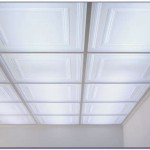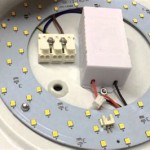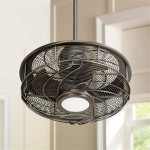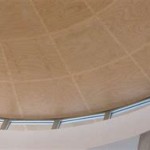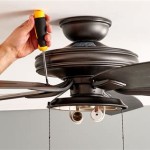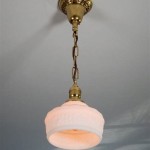Ceiling Design Material Names And Pictures In USA
Ceiling design plays a crucial role in shaping the overall aesthetic and functionality of a space. From traditional to contemporary, there are numerous materials available to create ceilings that are both visually appealing and practical. In the United States, homeowners and designers have a wide range of options to choose from, each with its unique characteristics, benefits, and drawbacks. This article explores some of the most popular ceiling materials used in American homes, highlighting their names, features, and illustrative images.
Drywall (Gypsum Board)
Drywall, also known as gypsum board, is perhaps the most common ceiling material in the United States. It is a lightweight, versatile, and affordable option that provides a smooth and even surface for painting or wallpapering. Drywall is typically installed on a framework of wood or metal studs, creating a durable and fire-resistant ceiling. Its versatility allows for various design elements, including recessed lighting, crown molding, and textured finishes.

Wood
Wood ceilings offer a warm and inviting ambiance, adding natural beauty and rustic charm to a space. Various wood species are available, including pine, cedar, oak, and mahogany, each with a unique grain pattern and color. Wood ceilings can be left unfinished, stained, or painted to suit the desired aesthetic. They are often used in bedrooms, living rooms, and dining rooms, creating a cozy and inviting atmosphere. They are also an excellent choice for adding character and warmth to spaces like kitchens and bathrooms.
Tin
Tin ceilings, a popular choice in the Victorian and Edwardian eras, have experienced a resurgence in popularity in recent years. Tin tiles are typically made from pressed steel and come in various patterns and finishes, adding a touch of elegance and sophistication to a space. They are known for their durability, moisture resistance, and sound-dampening qualities, making them suitable for kitchens, bathrooms, and basements. Tin ceilings often feature intricate designs and patterns, creating a stunning focal point in any room.

PVC (Polyvinyl Chloride)
PVC ceiling panels are an excellent choice for high-moisture areas like bathrooms, kitchens, and basements. They are lightweight, waterproof, and resistant to mold and mildew, making them a practical option for spaces prone to humidity. PVC panels come in various colors and finishes, including wood-look and textured options, mimicking the appearance of wood or stone. They are relatively easy to install and maintain, making them an appealing choice.
Acoustic Tiles
Acoustic tiles are designed to absorb sound, making them ideal for spaces where noise reduction is a priority. These tiles are made from various materials, including fiberglass, mineral wool, and foam, and are available in different shapes, sizes, and colors. They are commonly used in offices, classrooms, and other spaces where noise levels can be disruptive. Acoustic tiles can be installed on the ceiling or walls, helping to create a more comfortable and productive environment.
Metal
Metal ceilings offer a modern and industrial look, adding a touch of sophistication and elegance to a space. They are typically made from aluminum, steel, or copper and come in various finishes, including brushed, polished, and powder-coated. Metal ceilings are highly durable, fire-resistant, and easy to clean, making them a practical choice for areas with high traffic. They are often used in commercial spaces, but their modern aesthetic has made them increasingly popular in homes as well.
Fabric
Fabric ceilings, also known as acoustic fabric panels, are a popular choice for creating a soft and elegant ambiance. They are made from a variety of fabrics, including wool, polyester, and nylon, and are often used in combination with acoustic tiles to enhance sound absorption. Fabric ceilings can add a touch of warmth and softness to a space, making it more inviting and comfortable. They are often seen in residential and commercial spaces, where aesthetics and noise reduction are both priorities.


Types Of False Ceiling Gypsum Glass Wooden Fiber Materials Nerolac

Types Of False Ceiling Gypsum Glass Wooden Fiber Materials Nerolac

8 Types Of False Ceilings Commonly Used For Home Ultratech Cement

8 Types Of False Ceilings Commonly Used For Home Ultratech Cement

8 Types Of False Ceilings Commonly Used For Home Ultratech Cement

Types Of False Ceiling Gypsum Glass Wooden Fiber Materials Nerolac

8 Types Of False Ceilings Commonly Used For Home Ultratech Cement

Top Trending Materials For Modern False Ceiling Designs In 2024

6 Easy Ceiling Ideas Ceilings Armstrong Residential

Types Of False Ceiling Gypsum Glass Wooden Fiber Materials Nerolac
Related Posts


